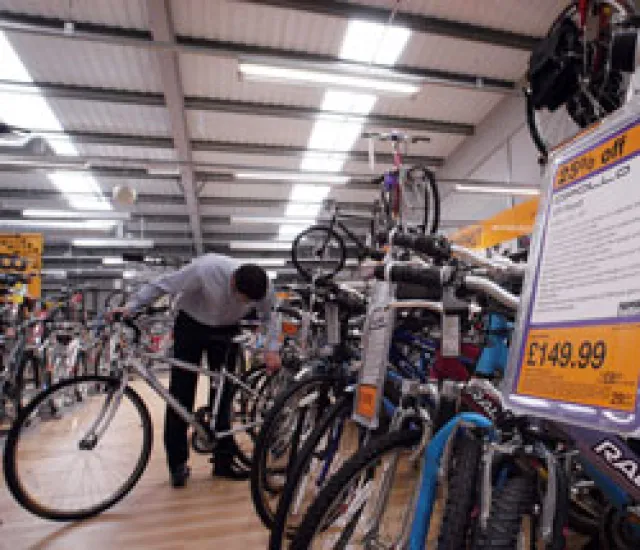Emerging markets are the rage these days. Investors, desperate for growth, have been increasing their allocations to developing countries, where GDP is rising at a faster clip than in most mature nations. Although I agree that investors should look outside the U.S. market — especially given that many U.S. stocks are overpriced or fully valued — they don’t need to be “the Indiana Jones of international investing” by diving into countries where the rule of law is still in its infancy, as I wrote in my book on sideways markets. There are plenty of great opportunities in developed nations that have stable political systems, rule of law and proper financial accounting.
Wherever you put your money, it’s important to stick to your investment discipline. As a value investor, I focus on three attributes: quality, growth and valuation. A quality company will have long-term-oriented, shareholder-friendly management; a competitive advantage that will protect its future cash flows from rivals; a high return on capital; and a strong balance sheet. Its business will also have a high recurrence of revenue, which will result in stable cash flows.
Earnings growth is important, but I am also looking for stocks that pay high dividends. Though stock price movements get the daily headlines, dividends accounted for half of the returns from stocks over the past 100-plus years — and they are especially important in sideways markets. Dividends are also significant for another reason: They usually improve a company’s quality by lessening the chances of capital misallocation. Canceled or missed dividends create mayhem for a company’s management and its stock. Management will cancel its country club membership rather than suspend a dividend.
It is easy to find companies that meet quality and growth criteria in any market environment, but for these companies to be good stocks, they need to meet the third criterion: valuation. A stock needs to trade at a discount to its fair value — that is, it needs to have a margin of safety. It is almost impossible to find a company that flawlessly meets growth, quality and valuation requirements. However, when I find weakness in one dimension, I always look for offsetting strength in the others.
One company that shines across all three dimensions is U.K.-based retailer Halfords Group, which I’ve been buying for my clients’ portfolios. The 109-year-old company trades on the London Stock Exchange and owns and operates 469 auto-parts and bicycle stores in England and Ireland. It has sales of about £800 million ($1.3 billion) and a market capitalization of some £800 million. About 60 percent of Halfords’s revenue comes from auto-related products (windshield wiper blades, batteries, brakes, stereos and the like); the rest comes from bicycle sales. In 2010 it bought the largest independent auto-service company in the U.K., with about £80 million in annual sales.
Halfords is a high-quality operation. Management has done a terrific job of running the business — its return on equity, profit margins and free cash flows are up, and net debt is down. The company is also a good steward of capital: In April it raised its dividend and announced a buyback of 9 percent of its outstanding shares. Halfords has stable cash flows and a decent balance sheet; it can pay off all of its net debt in a little more than a year if it chooses to do so.
The company’s growth prospects also look good. With 220 shops, its auto-service business will be an important driver of that growth. Since 2003, British law no longer prohibits nondealer auto-repair shops from servicing cars that are still under manufacturer warranty (previously, doing so had voided the warranty). Halfords recently started a national campaign to alert consumers that they can save a lot of money (usually 30 to 40 percent) by servicing their cars at its shops. In addition, the company plans to open about 30 new service stations annually. Auto service will likely contribute a few percentage points of growth a year. Same-store sales in retail stores (which in England are called “like-for-like sales”) will add another few percentage points. Halfords will probably continue to buy back stock; this should add 3 to 5 percentage points to earnings growth. Last, the retailer pays an almost 6 percent dividend, which will likely rise over time with earnings.
Halfords does very well on the valuation test. It is an exceptionally cheap stock. The company generates about £100 million of free cash flow, resulting in a very modest 8 times free cash flow multiple. Comparable companies in the U.S. with a fraction of the dividend yield and a similar growth profile trade at close to double Halfords’s valuation.
That’s a story that even Indiana Jones would love.
Vitaliy Katsenelson (vk@imausa.com) is CIO at Investment Management Associates in Denver and author of ???The Little Book of Sideways Markets.






